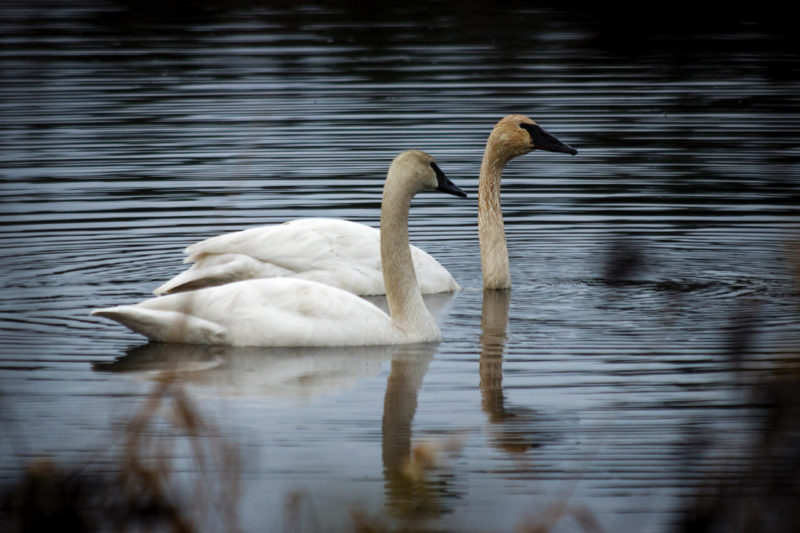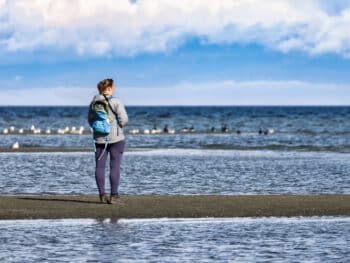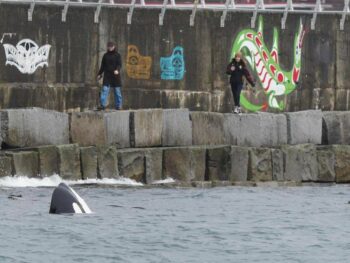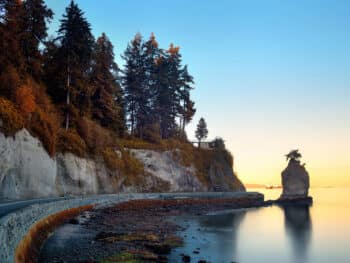A historic event has taken place in the Cultus Bay wetlands of South Whidbey, Washington.
A second trumpeter swan, as yet unnamed and of undetermined sex, arrived about four days before Christmas, joining the previously lone swan living in the wetlands since 2019.
“It’s very exciting,” says nature photographer David Welton, of Clinton. “The two swans have been inseparable. We may see a mating pair of birds whose species was almost extinct in the 1930s.”
Welton says he couldn’t believe it when the second swan mysteriously appeared in the 10-acre wetlands of Glendale Valley. The bird could have come from Skagit Valley, where many swans spend the winter, or from as far away as Southeastern Oregon or British Columbia, he says. On Whidbey, the large birds have no direct predators.
READ MORE: Donations fuel successful Lonesome Lake purchase by BC Parks Foundation
There is concern the uncharacteristically cold weather recently may endanger the swans if they have difficulty feeding on submerged grasses when their water is frozen. It’s believed they’re sheltering until the weather warms.
The first lone swan, known informally as Zeus or Waldo, arrived in fall 2019 as an apparent juvenile and showed male territorial behaviour such as chasing Canada geese. Welton and other observers, such as wetlands specialist Dyanne Sheldon of Clinton, are hopeful for the development of a swan population on Whidbey.
Trumpeter swans are protected by federal law. The population was threatened by hunting and loss of habitat in the middle of last century. The national Trumpeter Swan Society, founded in 1968, led much of the protection and re-population work in the US. The swans are returning to their previous historic habitat in a band from New Hampshire through the Ohio Valley, across the upper U.S. and Southern Canada, and into the lower south coast of Alaska.
READ MORE: Swan gets ‘second-chance at life’ after being rescued near 100 Mile
In an online story from 2020, Welton quoted the Concord, New Hampshire Monitor newspaper as saying trumpeter swans indicate “clean waters and high-quality habitat that supports countless plant and animal species.”
The swans have a six-foot wingspan and can weigh as much as 30 pounds. They need up to 300 feet of starting distance to become airborne.
After the wetland water thaws, the trumpeter swan pair might be visible from Cultus Bay Road, between Catron and French Roads, however viewers must stay on the road as the land is private property, closed to visitors.
***
Plan your adventures throughout the West Coast at westcoasttraveller.com and follow us on Facebook and Instagram @thewestcoasttraveller. And for the top West Coast Travel stories of the week delivered right to your inbox, sign up for our weekly Armchair Traveller newsletter!











 Bobcats caught on camera, and on a fence, in a Maple Ridge yard
Bobcats caught on camera, and on a fence, in a Maple Ridge yard